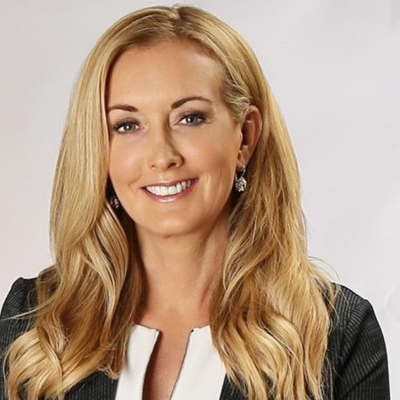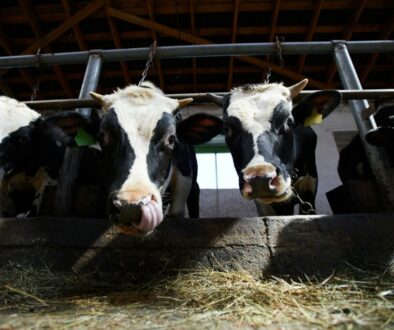How going green, diet and communities of color intersect
By Owen Racer
As climate change and environmental pollutants create harsh conditions that threaten not only planetary health but also human health, a chorus of voices is calling for recognition of the benefits associated with reductions in meat consumption and a shift to more plant-based dietary patterns.
Going “green” is a concept that is taking root in myriad measures, from efforts to reduce the burning of greenhouse gases to vertical farming practices that grow crops in urban and indoor settings. And healthy, plant-based diets are at the center of many of the moves.
For certain populations, the shift is seen as particularly urgent. Many serious diet-related health problems, including heart disease and diabetes are top causes of death for Black and Latino populations, according to the Centers for Disease Control and Prevention,
But pushes for dietary changes in the general U.S. population are also creating concerns about the potential for ever sharper divides between those who have the financial means and access to move to healthier diets, and those who do not.
“You can’t just implement one policy and expect a lot of these historic patterns to change, there needs to be multiple different shifts to the way that our economy works,” said Nicole Wong, climate resilience program manager at The Greenlining Institute, an organization aimed at helping “communities of color” become “ready to meet the challenges posed by climate change.”
Adding a pressure point to a push for healthier diets is the reality of a new four-decade high U.S. inflation rate of 9.1% reported for June.
National Public Radio declared in a headline earlier this month that “Nonwhite Americans are eating less meat.”
But environmental justice researcher Isabelle Anguelovski told TNL that pursuit is difficult for people of color, low-income individuals and other disadvantaged populations who cannot always easily access and afford plant-based diets. The inequity is becoming ever more magnified, she believes.
Anguelovski, director at the Barcelona Lab for Urban Environmental Justice and Sustainability, points to “environmental gentrification” that can occur when corporate chains such as Whole Foods – labeled as a healthy food provider – target inner-city neighborhoods for growth, but end up disrupting racially diverse neighborhoods.
Not only have Whole Foods’ prices remained unaffordable for many amid record inflation, but the stores are brewing an unwanted tension between environmental justice groups and racial justice groups, according to Anguelovski, nearly halting the progress of respective movements at a pivotal time for the environment and minorities looking for answers.
Whole Foods did not respond to a request for comment, but states in its most recent annual report that it works to create a “robust local, sustainable food system,” and is “prioritizing equity and diversity.”
At least four new Whole Foods stores are slated for opening in the next month in New Jersey, California, Michigan and Pennsylvania. Amazon, one of the world’s largest e-commerce companies, acquired Whole Foods in 2017 for $13.7 billion.
The climate-food-health connection
While vehicles and power plants are increasingly in the spotlight for their climate-harming emissions, the food system is responsible for nearly a third of all greenhouse gas emissions.
And within agriculture, there are vast difference in resource demand. It takes more than 1,800 gallons of water to produce one pound of beef in the western U.S., where the largest population of American cattle graze, for instance, compared to approximately 216 gallons of water to produce a pound of soybeans, according to research,
“I think continuing to support [urban agriculture] via climate resilient growth at the local level, at the state level, and different types of food initiatives that are led by working class, middle class and racialized groups is hugely important,” Anguelovski said. “Many of those nonprofits survive and thrive.”
As record-breaking heat plagues parts of the U.S. and Europe this summer, the increase in extreme heat is furthering the call for more sustainable nutritional options, a recent study shows.
“We know that people of color will see the greatest rises in mortality due to extreme heat and also due to the poor air quality exacerbated by climate change,” said Wong of The Greenlining Institute.
“If you’re going to address climate change, if you’re going to address economic inequality, you have to make sure that low-income communities of color are centered in that process,” Wong said.




